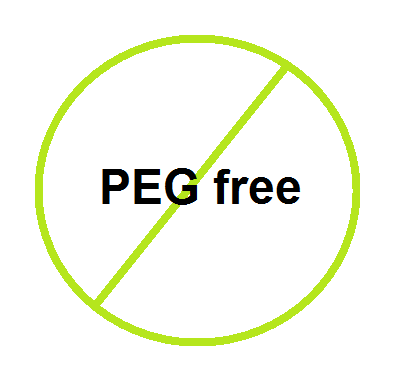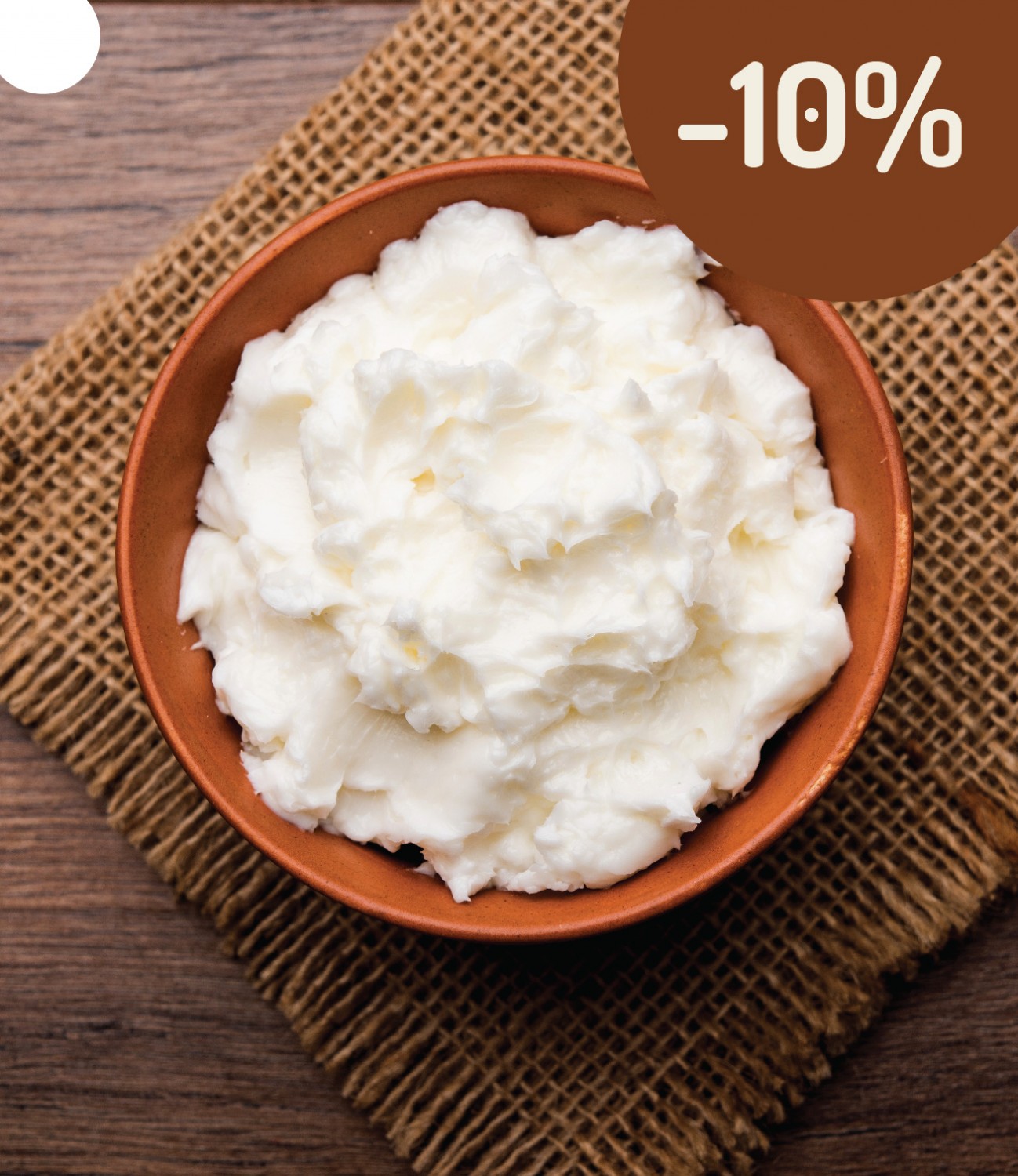What is PEG free?
You will have noticed that in the descriptions of some of our products we state that they are PEG free
What does PEG free actually mean?
PEG stands for polyethylene glycols - petroleum-based compounds used in cosmetics and personal care products where they act as a solvent, emollient, humectant or thickener. However, they are synthetic compounds that are produced using ethylene oxide and 1,4-dioxane. These substances are considered to be a human carcinogen, which in practice means that they can damage the human nervous system, increase skin ageing, penetrating effect, which meansthat unwanted components penetrate deep into the skin more easily (PEGs are not always pure, but are often contaminated with a number of toxic impurities, often including traces of heavy metals). At the same time, 1,4-dioxane is also an environmental toxin. The abbreviation PEG is usually followed by a number (e.g. PEG-4, PEG-7, PEG-100) indicating how many units of ethylene glycol it contains (the lower the number, the more easily it is absorbed into the skin).
Thus, PEG compounds cause irritation, hypersensitivity and skin damage, but a lot also depends on the condition of your skin. At the same time, there are brands on the market that do use PEG compounds in their products, but they are responsible enough to purify them of unwanted ingredients.


So there is some conflicting information that refutes the significant negative effects of PEG on human health, but we are everyfor the fact that when you make your own product, use the gentlest that the market has to offer - the gentlest to yourself, and also, if possible, to nature. That's why you'll find ingredients in our range that are free of PEG compounds ????
In conclusion, we recommend:
???? If you buy ready-made products, read the ingredients carefully.
???? And if you are buying raw materials to make your own cosmetics, check the INCI for the ingredients.
Article written for you by
Martina Oboňová

Article written for you by
Martina Oboňová





